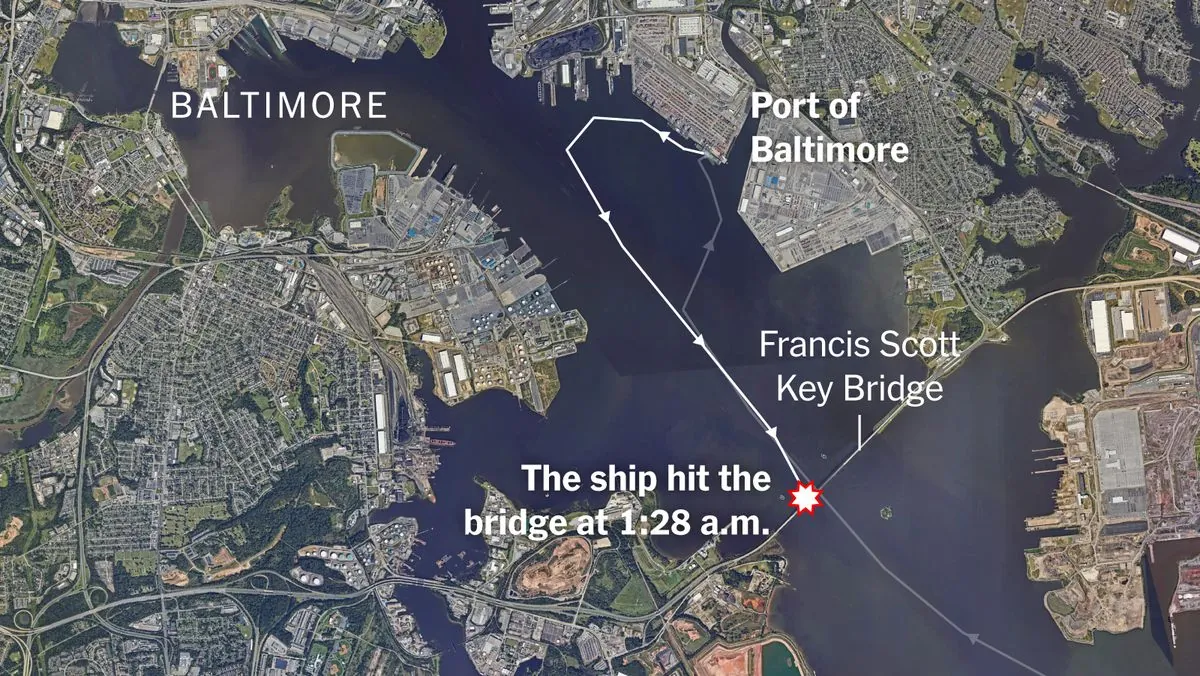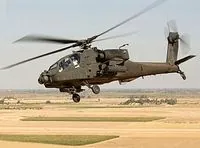F-35 Program Resumes Deliveries Amid Ongoing Challenges for US Air Force
The F-35 Joint Strike Fighter program has resumed deliveries after a year-long freeze, but faces a slow rollout. This timing complicates the US Air Force's efforts to modernize its aging fleet.

The Lockheed Martin F-35 Lightning II program has weathered numerous storms since its inception three decades ago. Recently, it emerged from a year-long delivery freeze, but the aftermath has left significant challenges in its wake.
The Joint Strike Fighter (JSF) program aimed to create a versatile aircraft capable of operating from various platforms, including land bases, aircraft carriers, and assault ships. Initially touted as a cost-effective solution due to economies of scale, the F-35 has faced escalating costs and diminishing commonality among its variants.

The latest crisis involved a software testing issue that halted deliveries to the US military. A compromise has been reached, allowing the release of stored aircraft with temporarily downgraded software. These jets are limited to training missions until full combat clearance is achieved next year.
The delivery schedule has been significantly impacted. The US Air Force, which previously received 40-50 F-35s annually, expects to receive 51 in 2024, 57 in 2025, and only 25 in 2026. This slow rollout extends the completion date for the Air Force's planned 1,760 F-35s from 2035 to 2049.
"No program has been this late or overrun by this much"
This delay is particularly problematic for the US Air Force, which is grappling with an aging fleet. The service plans to retire 250 older aircraft in 2025, including F-15 Eagles, F-16 Falcons, and A-10 Thunderbolts. However, with only 90 new jets (primarily F-35s) slated as replacements, the overall fleet size will shrink below 5,000 planes for the first time in Air Force history.
Compounding the issue, the Next-Generation Air Dominance (NGAD) program, intended to replace the F-22 Raptor, faces potential cancellation due to its estimated $60 billion cost. This development could leave the F-35 as the sole stealth fighter in production for the US Air Force.
The F-35 program's challenges extend beyond delivery schedules. As a fifth-generation fighter, it incorporates advanced avionics, including the AN/APG-81 AESA radar and AN/AAQ-40 electro-optical targeting system. The aircraft's helmet-mounted display provides pilots with a 360-degree view, enhancing situational awareness. However, the program has faced criticism for technical issues, performance concerns, and cybersecurity vulnerabilities.
Despite these hurdles, the F-35 has been adopted by several US allies, including the UK, Italy, and Australia. The program has also created thousands of jobs across the United States and partner nations.
As the US Air Force navigates these complex issues, the F-35 program's ability to meet demand and overcome technical challenges will be crucial in shaping the future of American air power.


































